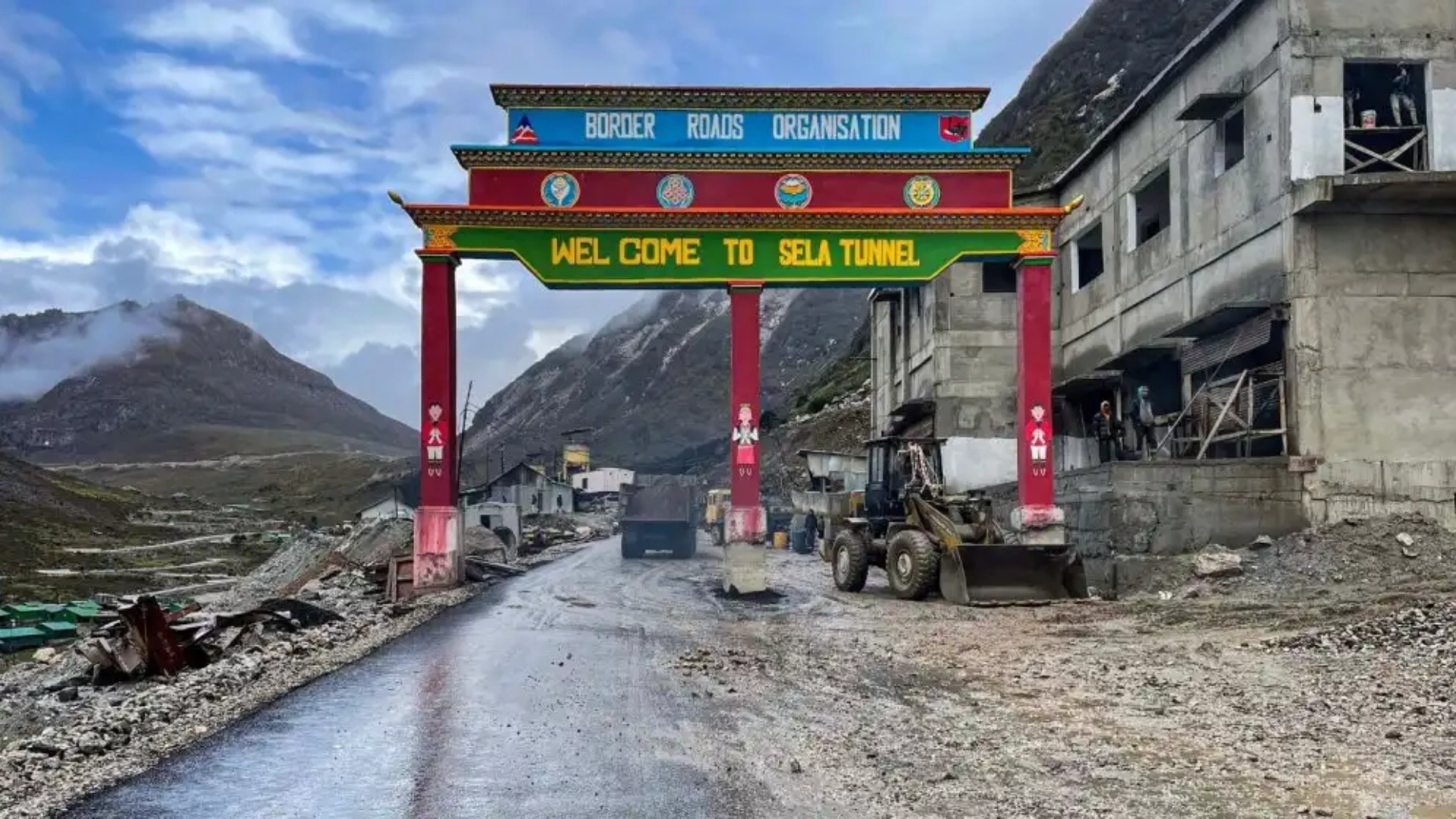Old days had difficult times and here is a supportive instance.
Taking the reader back in before 1859, there existed an era where women were not allowed to cover their upper part of the body in public at all. This was called the “Breast Tax” which was imposed on the lower-caste (Nadar, Ezhava and other lower caste communities) women by the erstwhile Kingdom of Tranvancore to disencourage them from doing so.
The Kingdom of Tranvancore was in the present-day Kerala state in India. However, this ‘Breast Tax’ was barred from women of the upper class community. This tax was imposed on women who were caught covering their breast in Public.

The Breast tax was also called (mula-karam in Malayalam) in the vernacular.
However, a woman named Nangeli is known to be a fighter against the tax. She stood against an oppressive regime in the state of Tanvancore, known for imposing heavy taxes on its people. Nangeli was a dalit woman whose courageous step brought a change in the region.
The Woman Who Fought Agaisnt Breast Tax
Nangeli and her husband, Chirukandan, resided in Cherthala, a small coastal village, where they worked as agricultural laborers and tapped sap from coconut trees.
The rulers of Travancore extracted about 110 different types of taxes from the Dalit community, taxing everything from fishing nets to personal ornaments, and even moustaches.
While men were subjected to a general tax known as Talakkaram, meaning ‘head tax,’ the Mulakkaram was specifically a ‘breast tax’ imposed on women.
Members of the Ezhava and Nadar castes were required to be bare-chested in the presence of Brahmins, royalty, or individuals from higher castes. Traditionally, both men and women of various castes went without upper clothing without shame. However, by the late eighteenth century, clothing, especially women’s upper garments such as blouses, began to acquire significant symbolic importance as a marker of social status.
Cut Her Breast In Rage
Nangeli felt deeply the injustice her community faced. The heavy taxes left them with barely enough rice to eat at the end of the day. Despite working tirelessly, there was always another tax to pay.
Nangeli knew the parvarthiyar would soon arrive to collect the Mulakkaram tax. She realized she could not fight against the state’s oppression through conventional means, so she planned a bold act that would draw attention to the cruelty being imposed in Travancore.
When the parvarthiyar and his men arrived to collect the Mulakkaram, Nangeli asked them to wait. They waited, believing she was compliant and would soon give them the usual payment of rice placed on banana leaves.
Nangeli did have two banana leaves ready, and she had also sharpened her sickle. Having spent her life working in the fields, she was skilled in using it. She picked up the sickle and, with one swift motion, cut off one of her breasts.
The pain was unbearable, and she was bleeding heavily. Despite this, she cut off her other breast as well. Weak and in pain, she placed both severed breasts on banana leaves and brought them to the officials, giving them what had just been part of her body.
Before she bled to death, Nangeli saw the shocked and horrified expressions on the faces of the parvarthiyar and his men. She felt a sense of satisfaction, knowing they understood the gravity of her sacrifice and the injustice done to her and all Dalits. Nangeli knew that her brave act would spread quickly and make a difference.
As she fell to the ground, the parvarthiyar and his men fled, leaving her severed breasts next to her body. Neighbors gathered around, and someone ran to get her husband, Chirukandan. Overcome with grief, he joined his wife, and, as the story goes, in a final act of protest against the oppressive regime, he jumped into her funeral pyre and died.
Nangeli’s protest sent shockwaves throughout the state. The next day, fearing a larger uprising, the king of Travancore, Sreemolam Thirunal, issued an order canceling the Mulakkaram tax. The area where Nangeli lived became known as Mulachiparambu, meaning “land of the breasted woman.” However, Dalit women were still not allowed to cover their upper bodies in the presence of upper castes.
The Change
During the ongoing protests, the Travancore Raja, in 1859, allowed Nadar women to cover their upper bodies, but only in a particular manner.
By the late 1800s, Dalit women’s efforts on this issue achieved success in Travancore. However, in Cochin and Malabar, where similar restrictions existed, the fight continued into the twentieth century.


















